Frederick Blakeslee painted all the covers for the entire run of Dare-Devil Aces. And each of those covers had a story behind it. At this point in the magazine’s run, Mr. Blakeslee had started doing his “Planes by the Numbers” covers where he has so many planes on the cover, he had to explain which plane is what with a legend on the story behind the cover page. For the August issue we get a bit of a throwback where Mr. Blakeslee turns his attention to the Fairey Fantome!
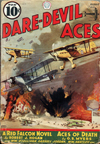 THERE’S a real story behind this month’s cover, fellows. I’ll try to tell you not only of the planes you see depicted there, but about some of the troubles that confront me. You see, these covers are prepared far in advance, for there are a lot of pretty complex operations that must be performed before they are ready for the news stands. And therein lies our trouble.
THERE’S a real story behind this month’s cover, fellows. I’ll try to tell you not only of the planes you see depicted there, but about some of the troubles that confront me. You see, these covers are prepared far in advance, for there are a lot of pretty complex operations that must be performed before they are ready for the news stands. And therein lies our trouble.
Last month my friend Norman Witcomb had a feature in which he told you all about the Fairey “Fantome.” Well, I didn’t know about that until this cover bad been completed. I had planned to tell you all the details concerning this ship, but I now see that Norman has already completed that task. I’ll refresh your memory, anyway, and I don’t suppose you’ll mind seeing it in colors and in a battle scene.
The “Fantome” is ship number 2 and is now in production in Belgium, where it is known as the “Feroge.” It carts four machine guns about the clouds and one 20 m.m. cannon which fires through the airscrew boss. The crate is powered by an 860 h.p. engine and can do 250 m.p.h. at 12,000.
Ship number 1 is a Fairey “Gordan.” It’s a medium range two-seater day bomber. An Armstrong-Siddeley “Panther” drives it along. The engine develops 525 h.p., and the fourteen cylinder, radial job is air-cooled. Data on its performance is lacking.
Frederick Blakeslee.
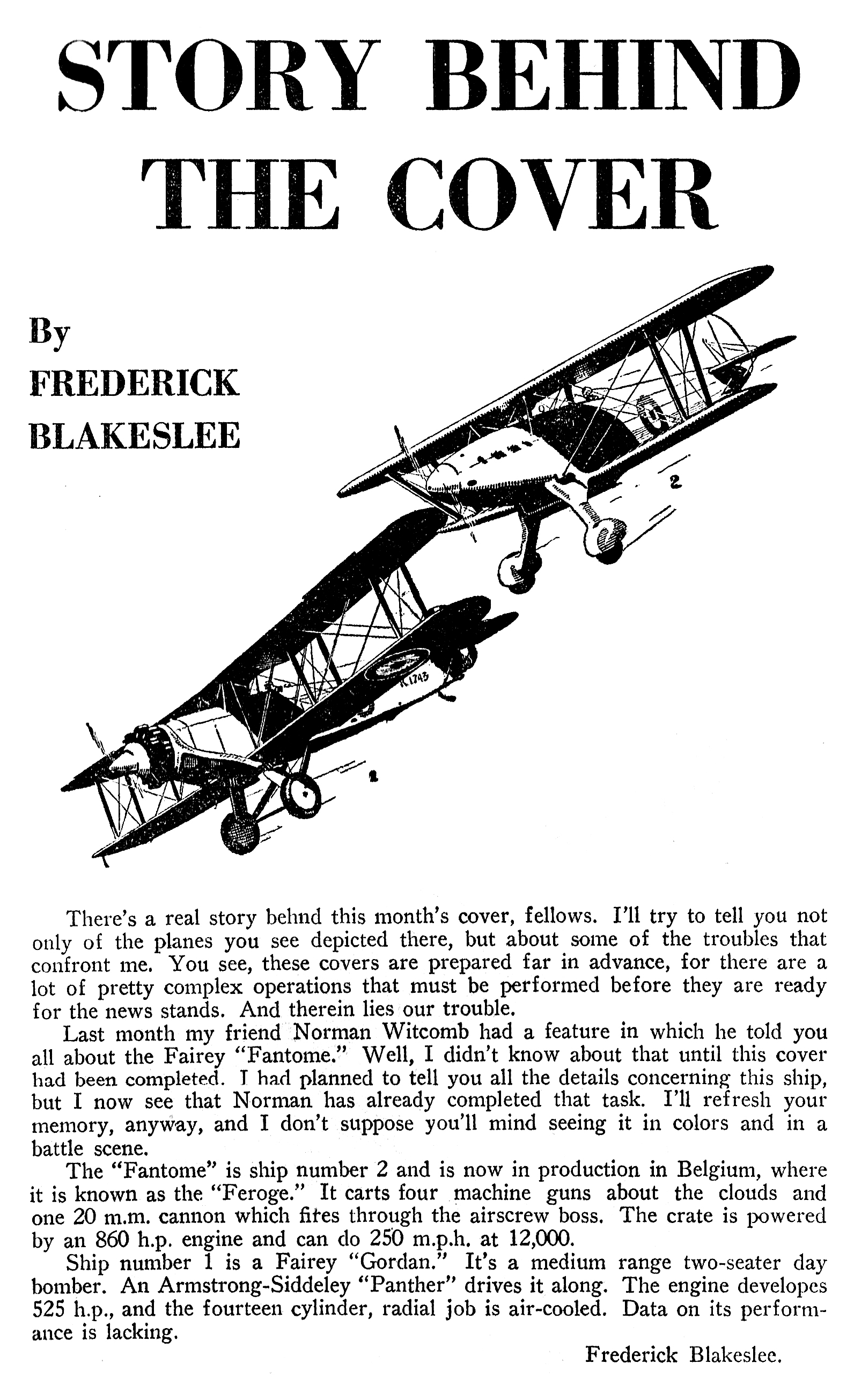
“The Story Behind The Cover: The Fairey Fantome” by Frederick Blakeslee
(August 1937, Dare-Devil Aces)
As an added bonus, we present Norman Witcomb’s breif write-up on the Fairey Fantome that Mr. Blakeslee references from the July 1937 issue of Dare-Devil Aces.
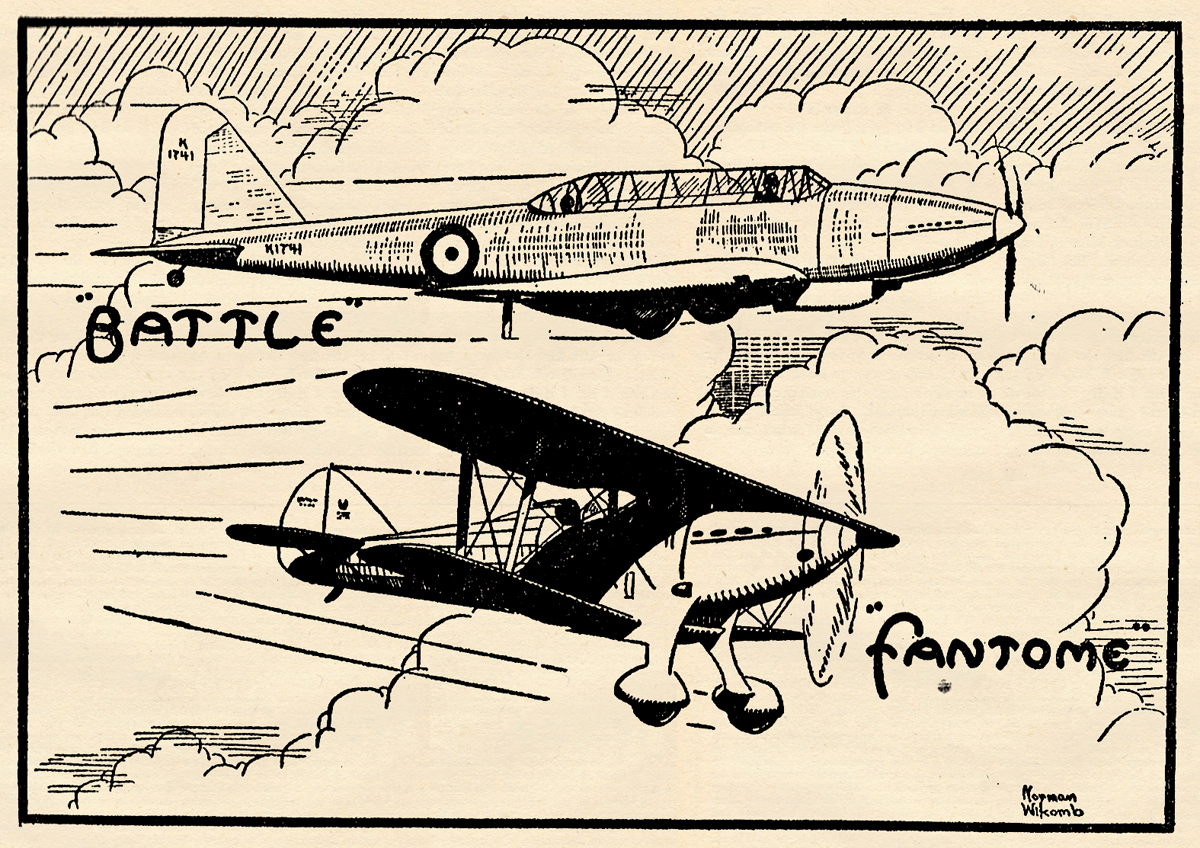
Fighting Faireys
THE Fairey firm is one of the oldest in the aircraft industry. It has furnished planes for the R.A.F. for as long as that service has existed. It also turns out the equipment for the Belgian Royal Air Service. For this purpose, Fairey has a factory in Belgium.
Shown above, are two of the latest products of this famous firm. One, the Fairey “Battle,” is a veritable masterpiece. It is designed as a medium bomber, the fastest of its kind in the world. The ship is pulled through the air at about 300 m.p.h.! This is done, of course, by another sweet job, the Rolls-Royce “Merlin” of 1,065 h.p. This motor was so successful that it caused the plane to perform beyond the fondest expectations of its designers. The “Battle” is metal-covered and is equipped with all latest devices, such as flaps, two-way radio, special high-flying equipment, and what not. The armament is secret, but two heavy guns can be seen in the wings. The British government, knowing a good thing when they see one, has ordered several hundred of these planes.
The single-seater fighter below, is the Fairey “Fantome” which has been adopted by the Belgian government as a highspeed fighter. It has a “Hisso” Cannon engine of 860 h.p. and the pilot can open her up to more than 250 m.p.h.! It is a sturdy biplane of rugged construction, and is also completely equipped with radio, etc.
The Belgian Air Force, while small, is well equipped with modern aircraft. No doubt she is anxious not to be caught defenseless again, should serious trouble break out around her borders.
 BRITISH against German—S.E.5 against Fokker—that’s the struggle depicted in this month’s cover. The S.E.5 has taken a long dive and is raking the Fokker from wing tip to cockpit. In this particular bit of action, the German was wounded in the legs, and with great difficulty escaped to his own lines.
BRITISH against German—S.E.5 against Fokker—that’s the struggle depicted in this month’s cover. The S.E.5 has taken a long dive and is raking the Fokker from wing tip to cockpit. In this particular bit of action, the German was wounded in the legs, and with great difficulty escaped to his own lines.





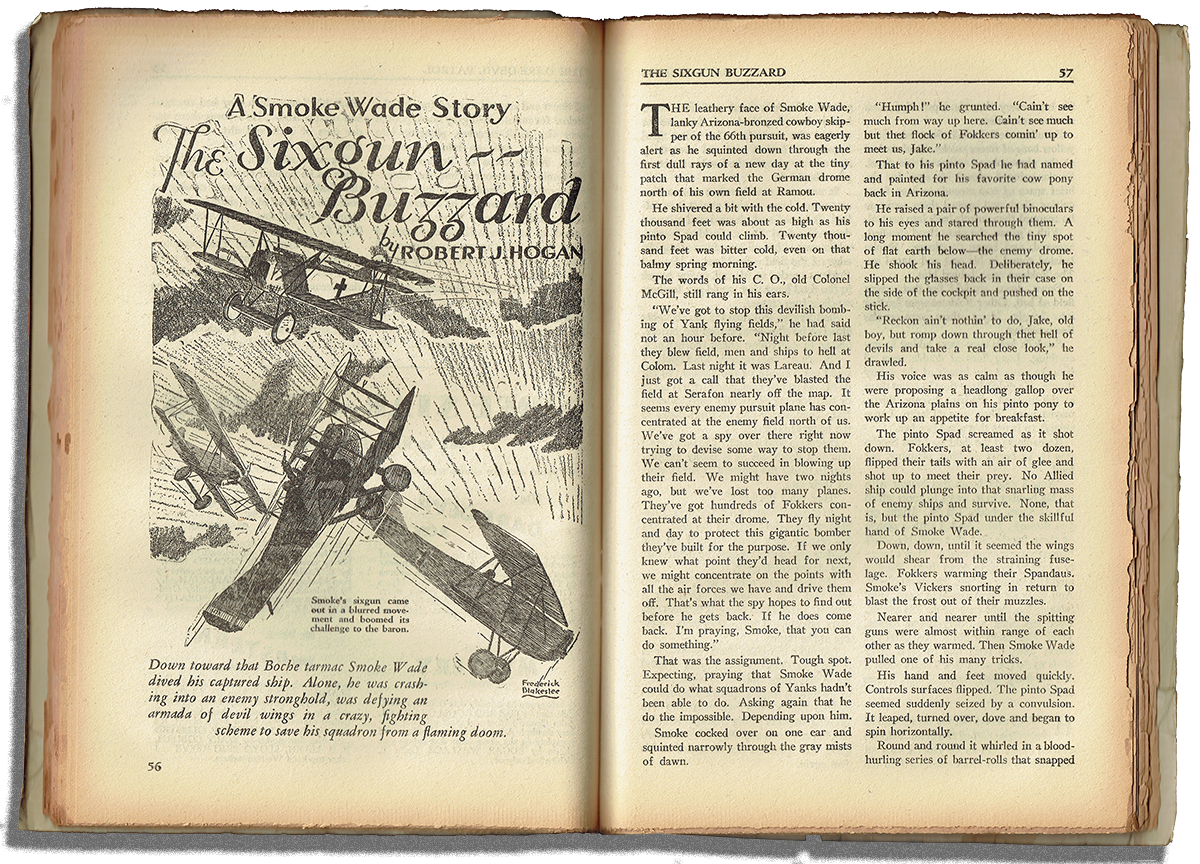
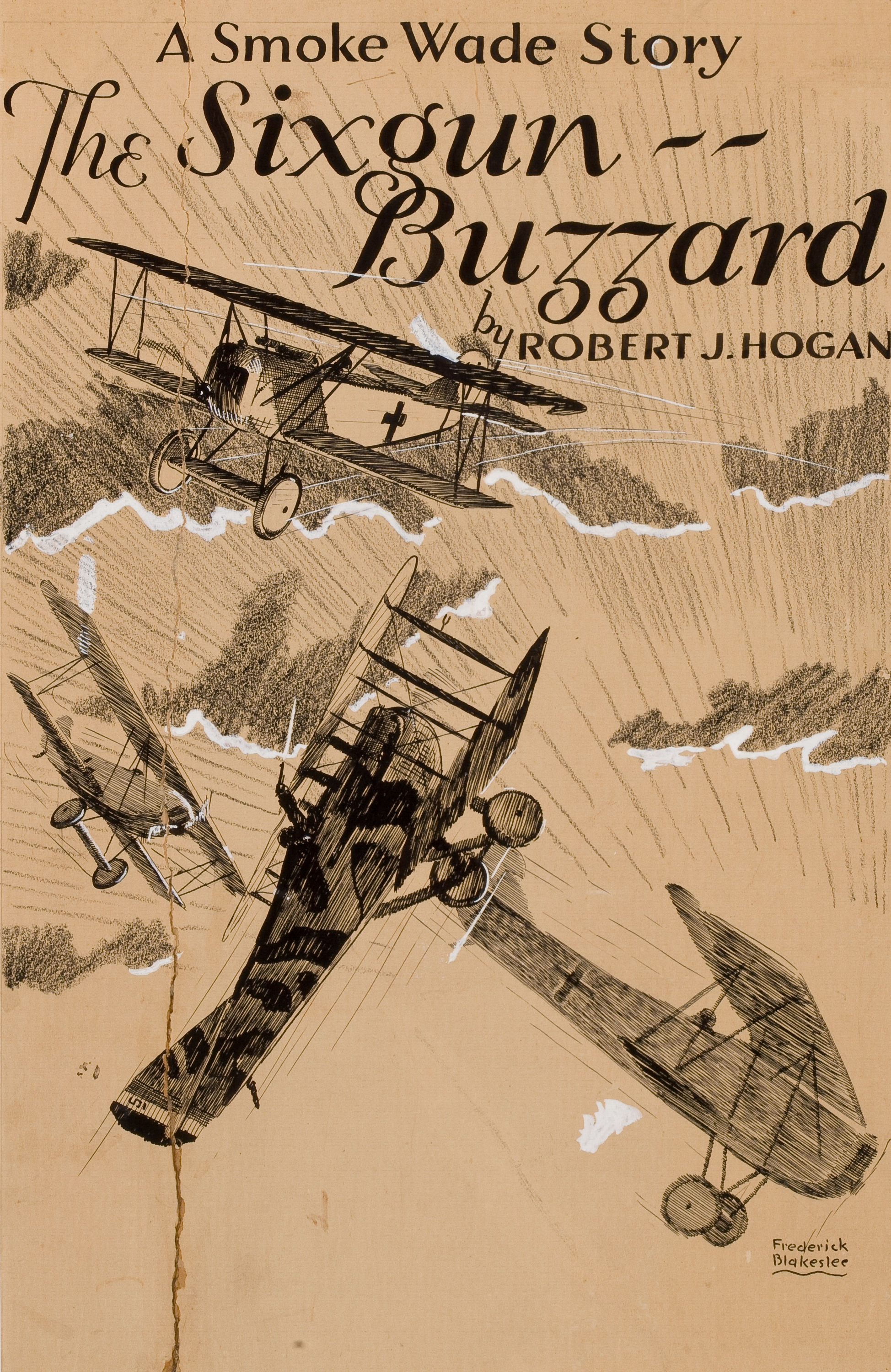

 Like many in the late 20’s and early 30’s, Robert O’Neil was fascinated with aviation and as such, a large part of both volumes of his scrapbooks is taken up with a cataloging of the many different types of planes.
Like many in the late 20’s and early 30’s, Robert O’Neil was fascinated with aviation and as such, a large part of both volumes of his scrapbooks is taken up with a cataloging of the many different types of planes. 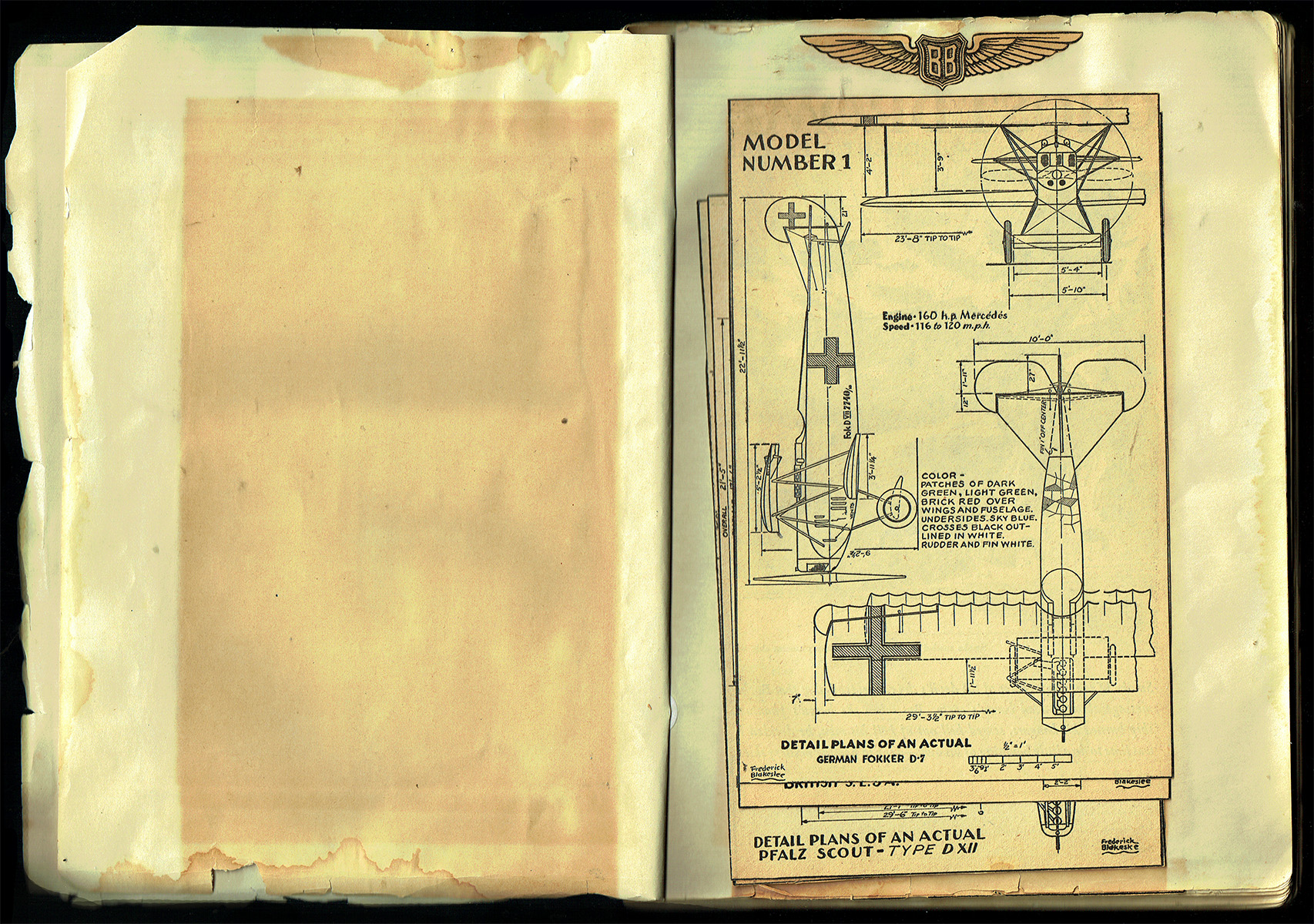









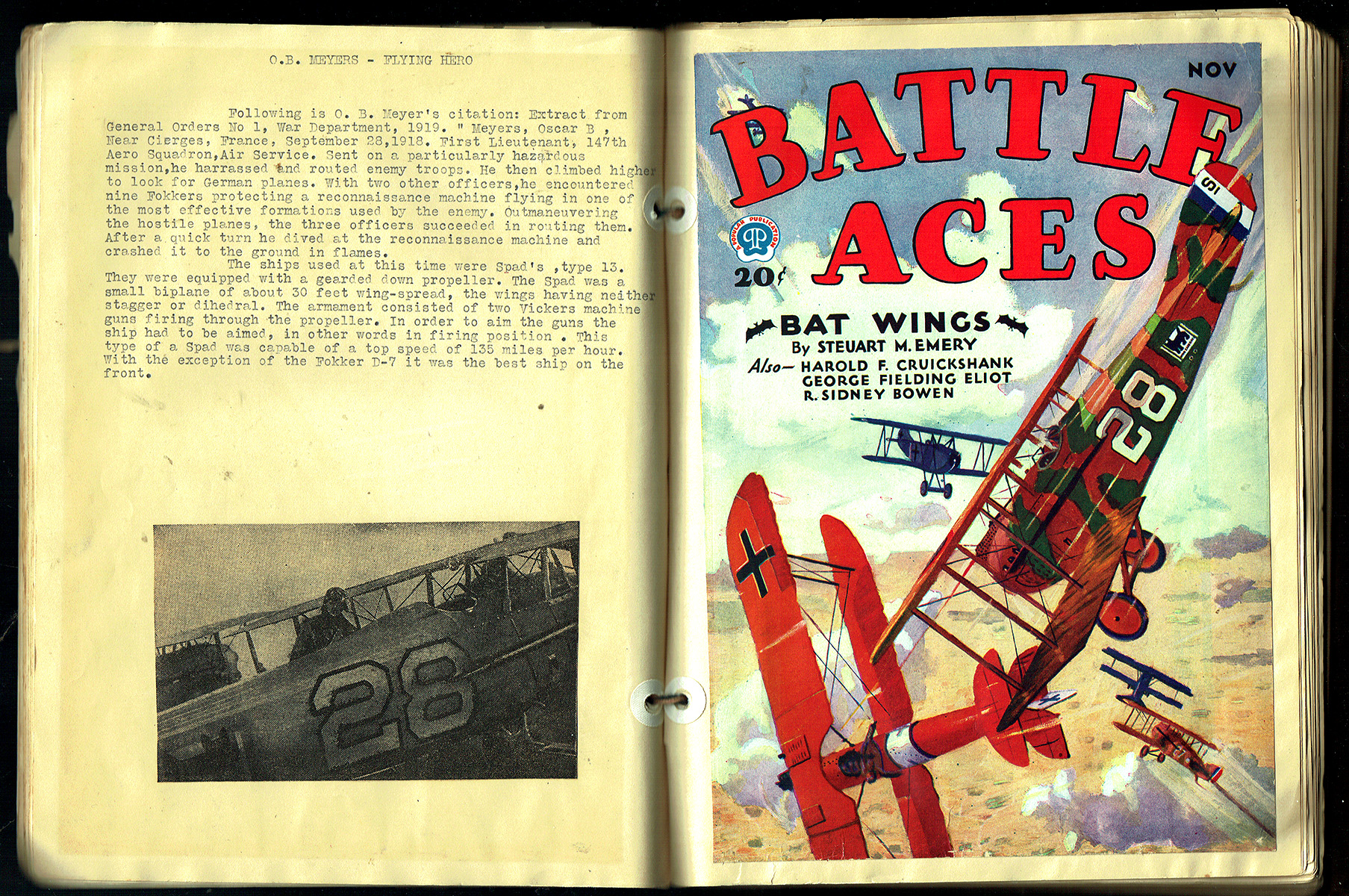
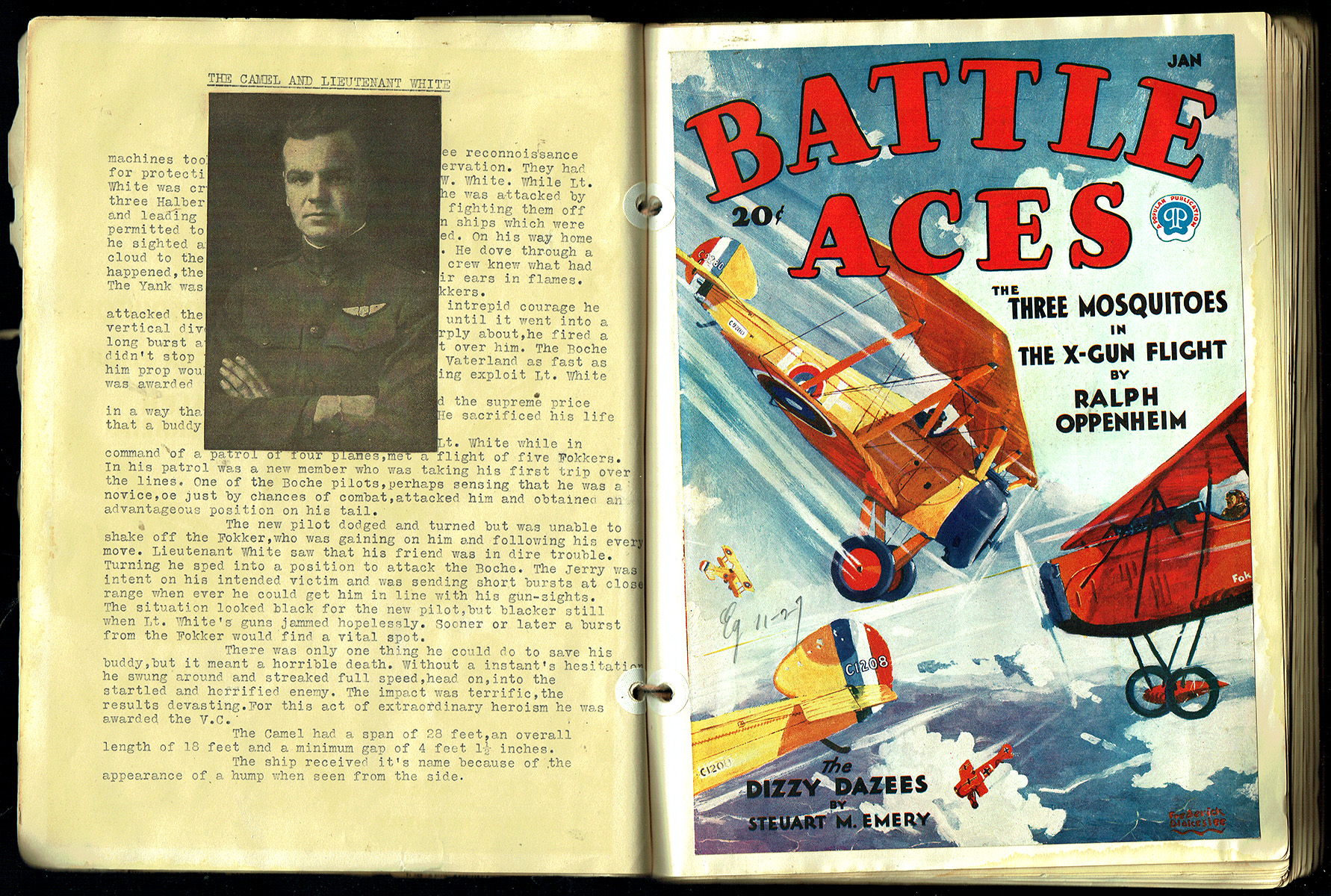
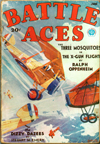
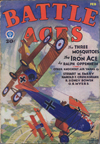
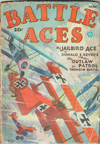

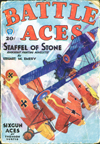
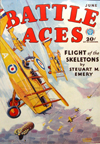
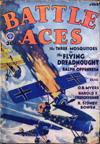
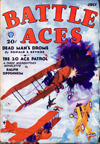
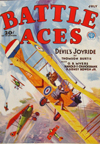
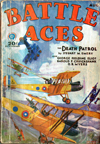
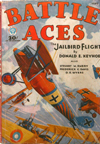
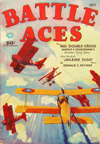
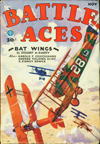
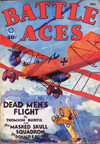
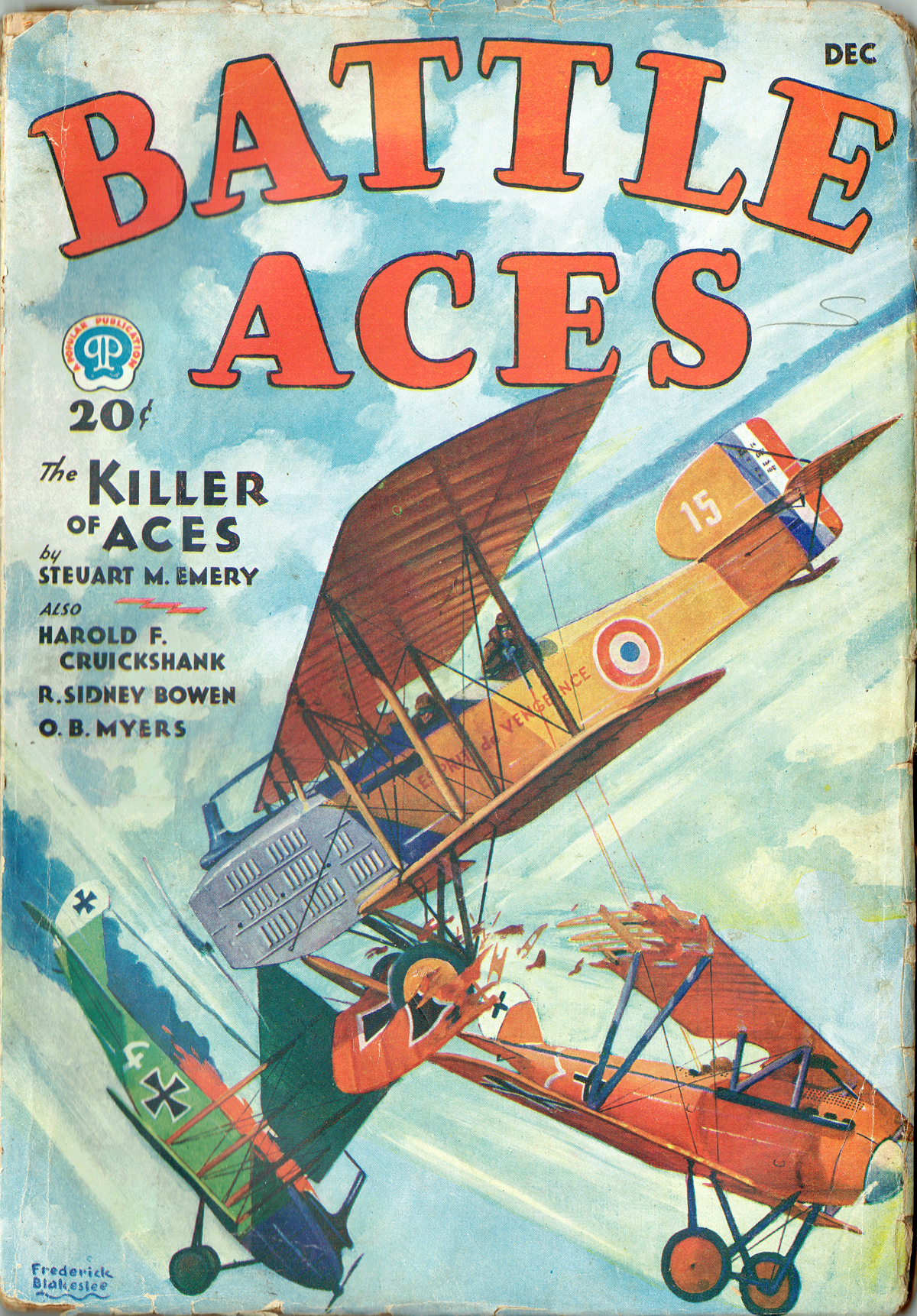




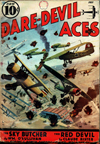
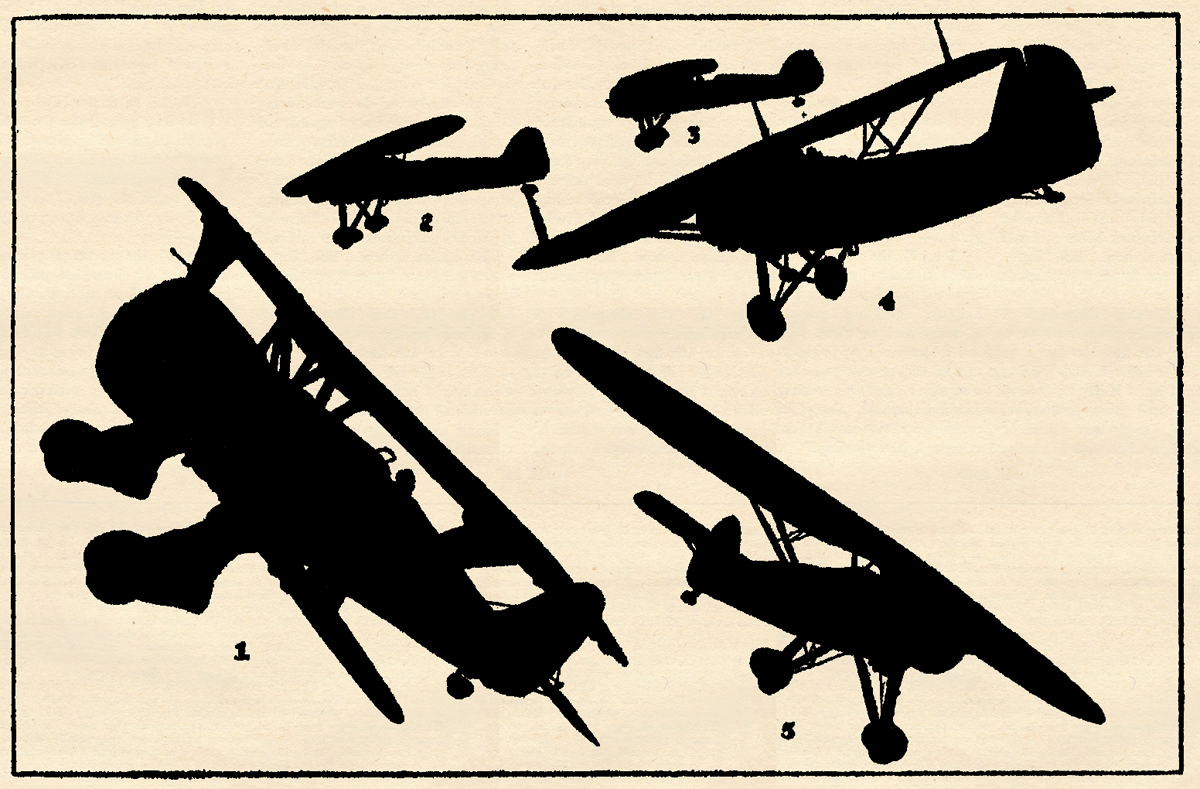
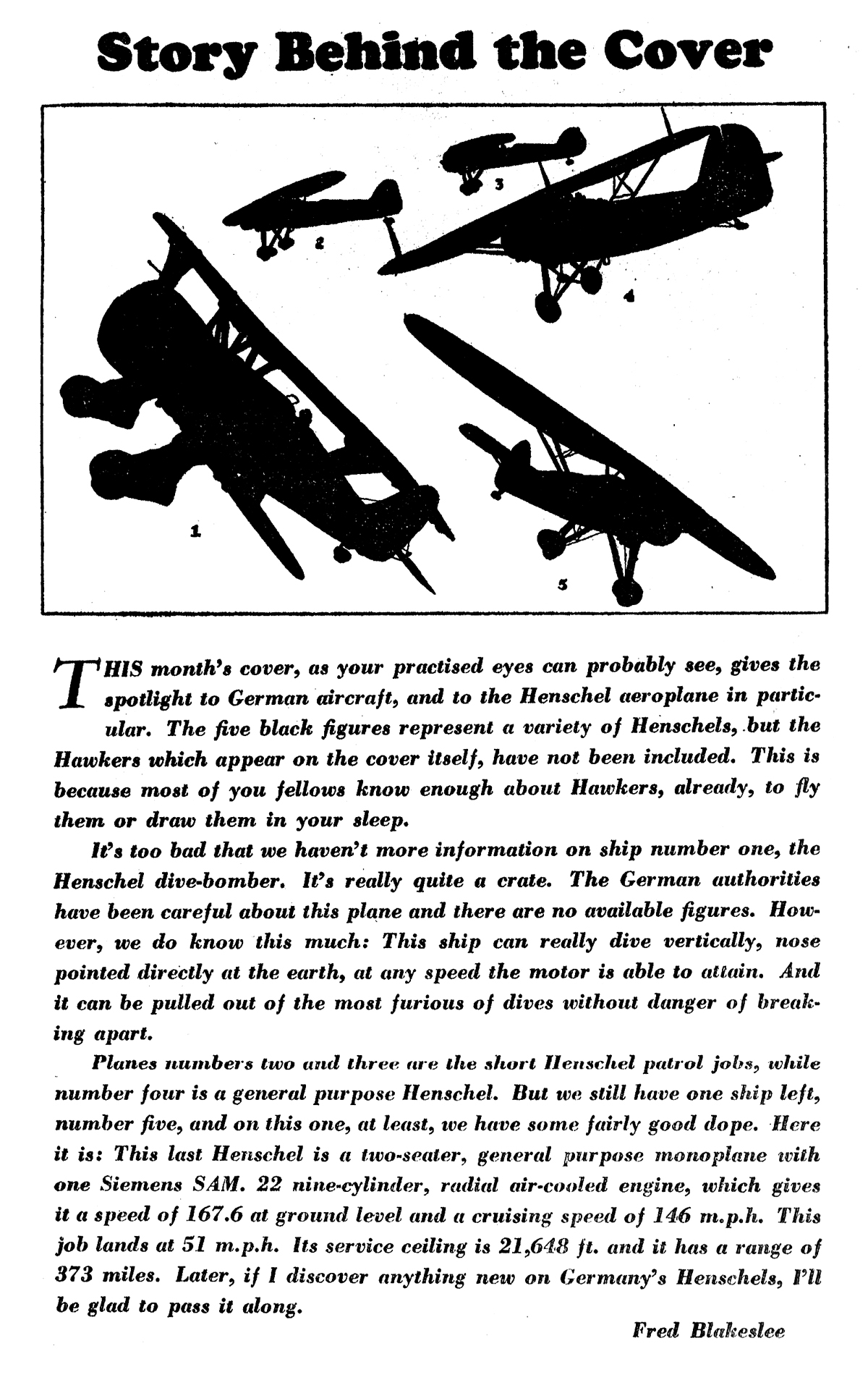
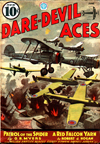

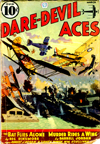
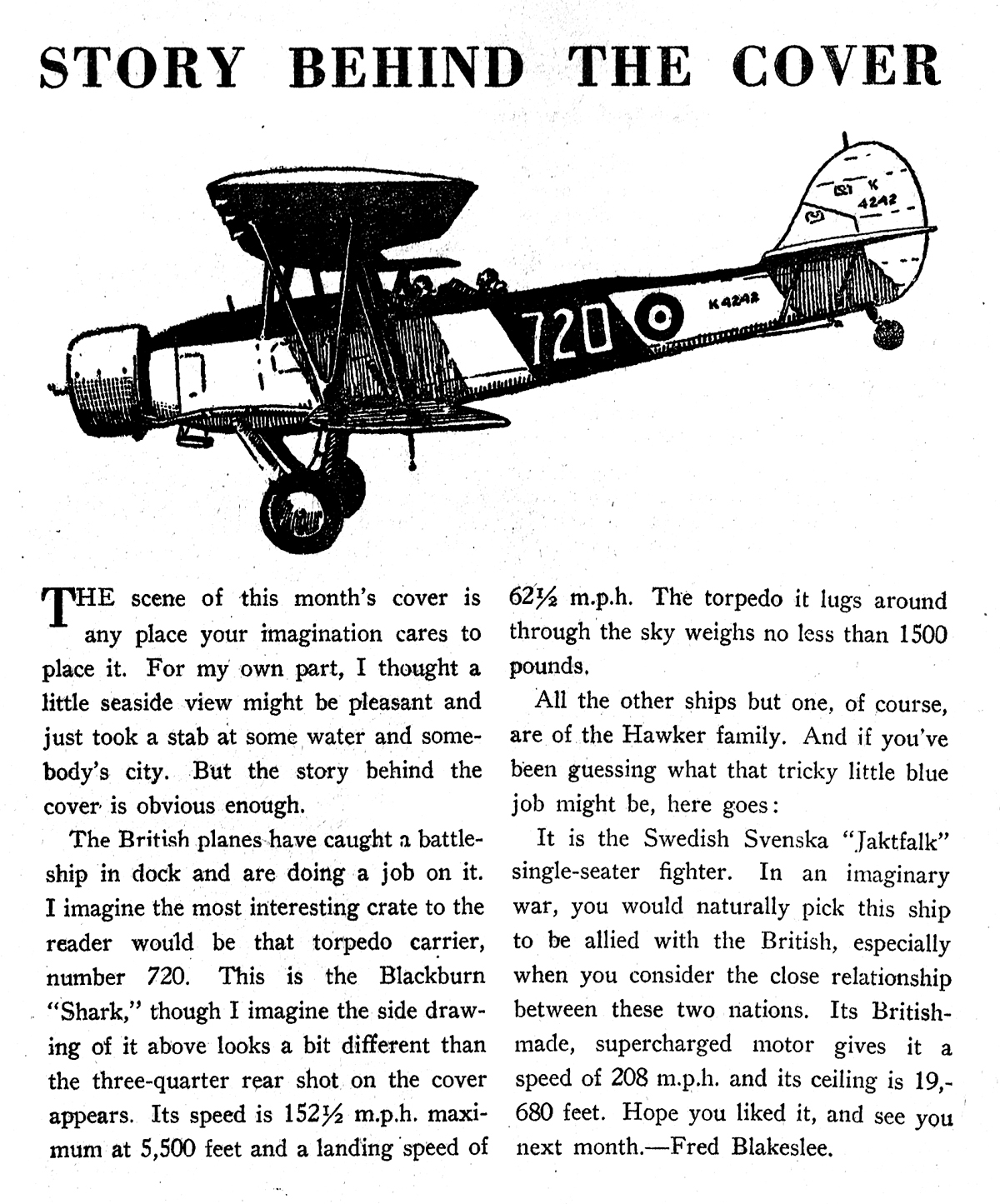
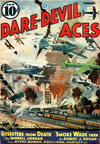
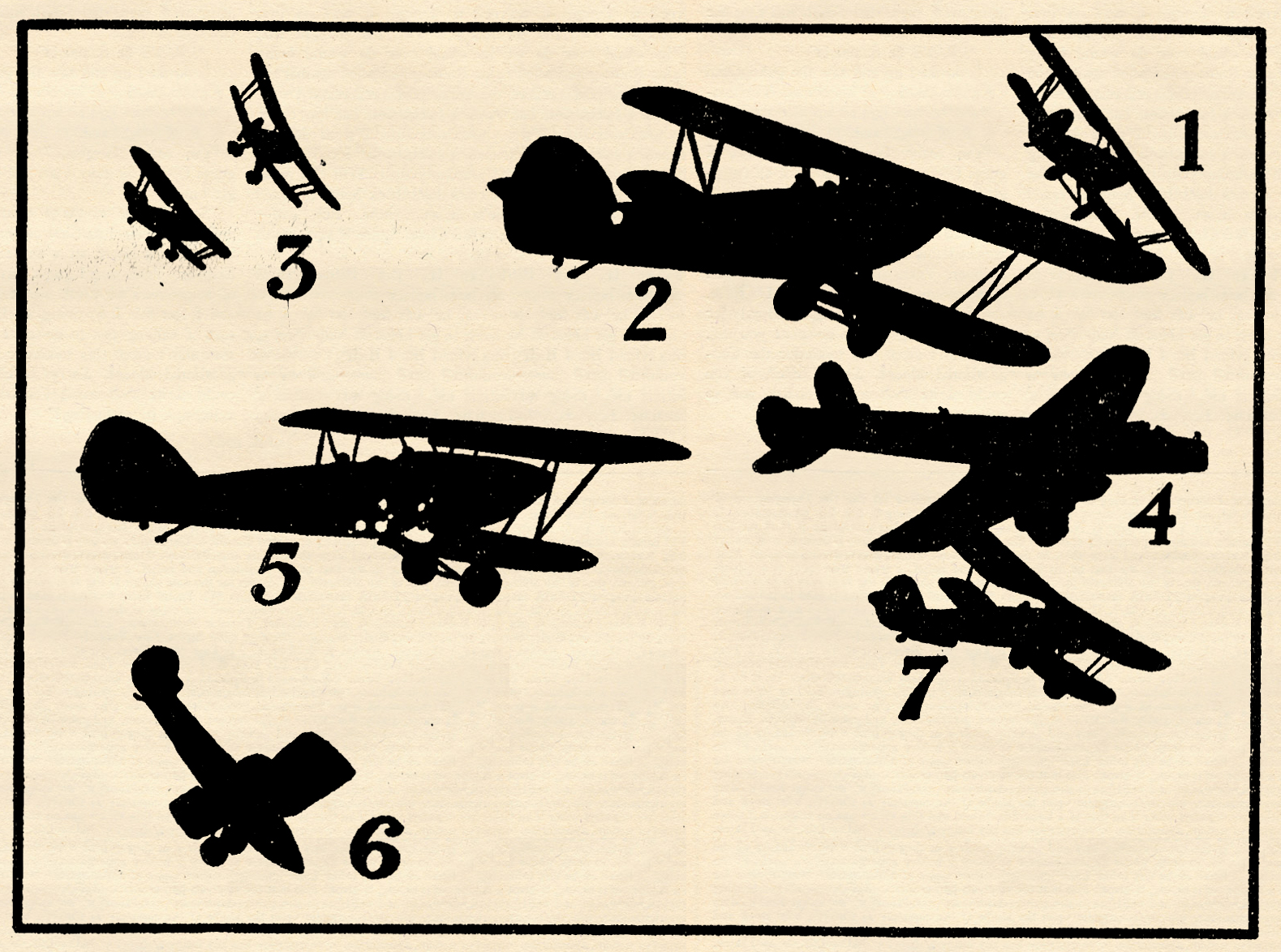
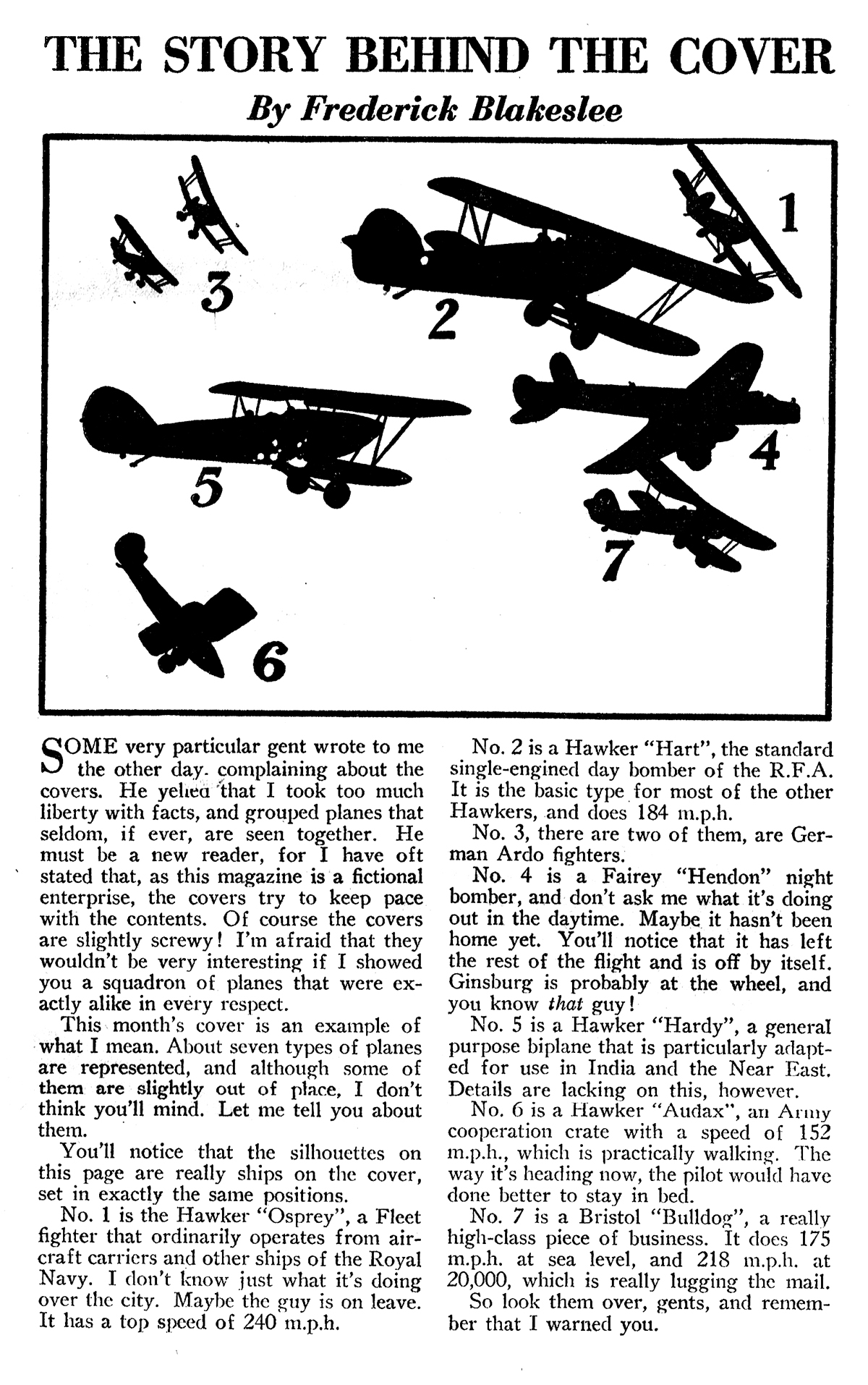
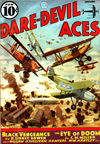
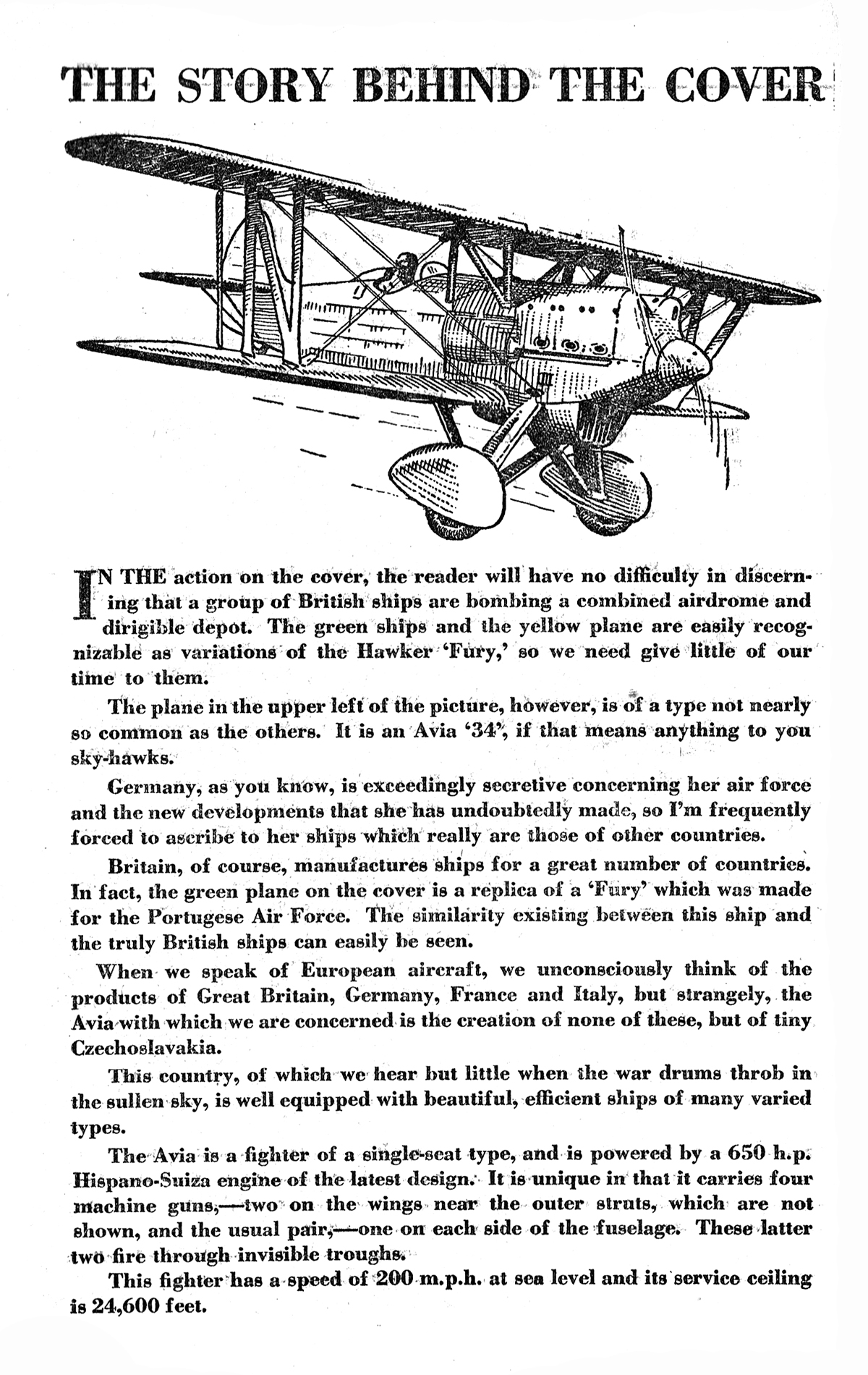
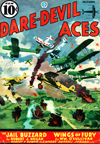
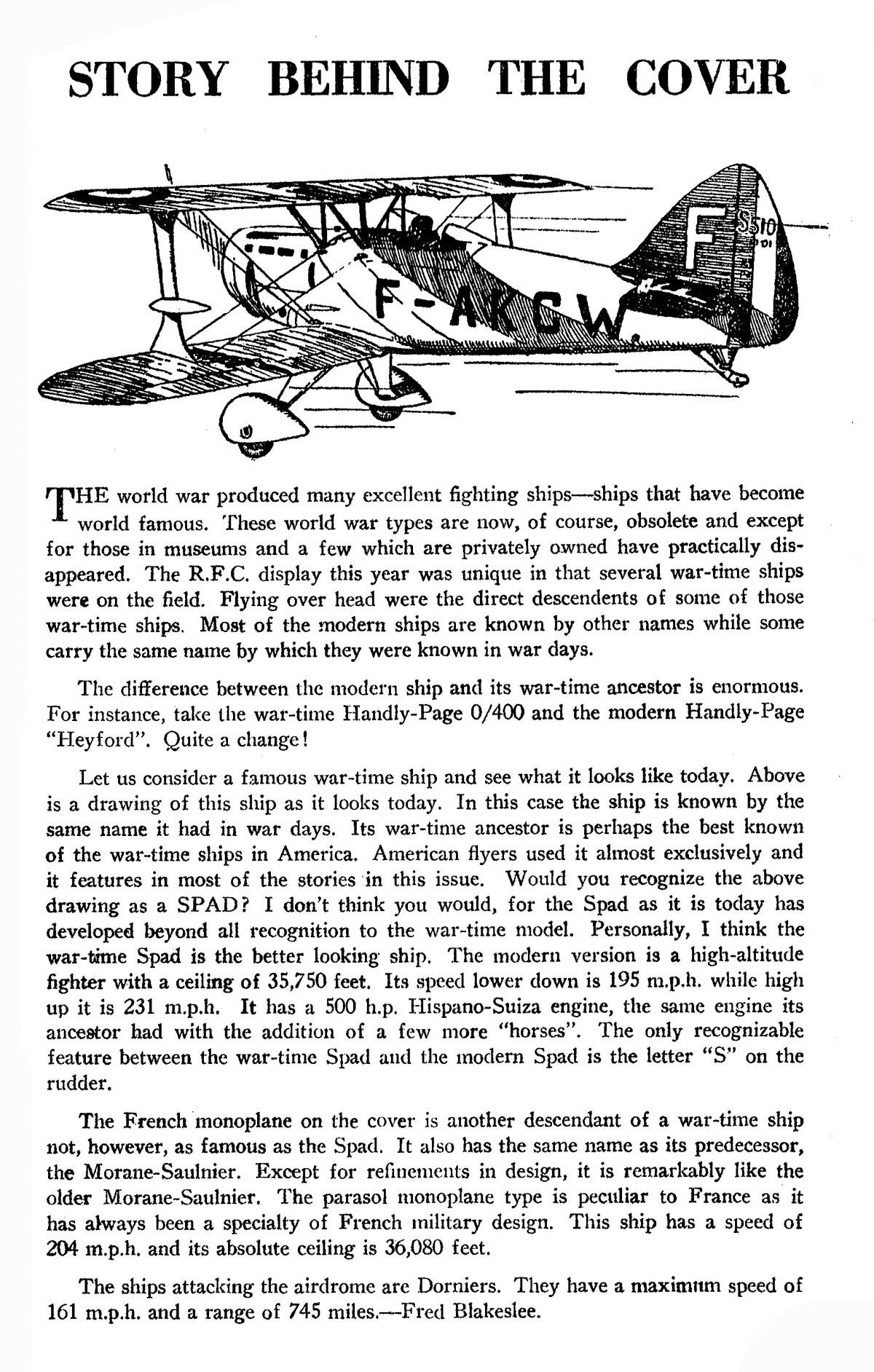
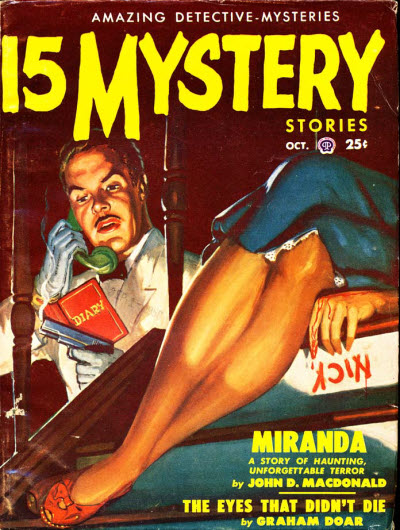 “Adventures Into The Unknown!” Blakeslee published fourteen installments of his two-page illustrated looks into the Unknown between March 1948 and October 1950.
“Adventures Into The Unknown!” Blakeslee published fourteen installments of his two-page illustrated looks into the Unknown between March 1948 and October 1950. 
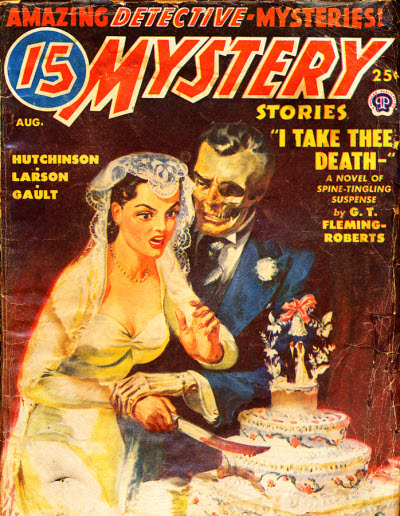 “Adventures Into The Unknown!” Blakeslee published fourteen installments of his two-page illustrated looks into the Unknown between March 1948 and October 1950. This time around Mr. Blakeslee relates the story of Burton Agnes Hall, built by Sir Henry Griffith during the first decade of the 1600’s. When his youngest daughter lay near death, she requested that her head be preserved in the walls of Burton Agnes Hall and if it were to ever be removed she would unleash unholy hell upon the manor until it was returned!
“Adventures Into The Unknown!” Blakeslee published fourteen installments of his two-page illustrated looks into the Unknown between March 1948 and October 1950. This time around Mr. Blakeslee relates the story of Burton Agnes Hall, built by Sir Henry Griffith during the first decade of the 1600’s. When his youngest daughter lay near death, she requested that her head be preserved in the walls of Burton Agnes Hall and if it were to ever be removed she would unleash unholy hell upon the manor until it was returned!
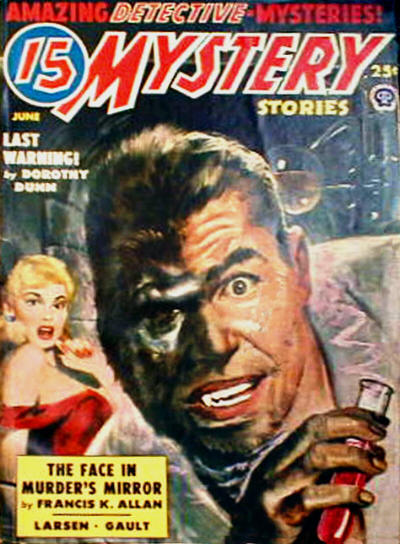 “Adventures Into The Unknown!” Blakeslee published fourteen installments of his two-page illustrated looks into the Unknown between March 1948 and October 1950. This time around Mr. Blakeslee covers the Foxes and the “haunting” of their house in Hydesville, NY—an event which led to the rise of the spiritualist movement in America.
“Adventures Into The Unknown!” Blakeslee published fourteen installments of his two-page illustrated looks into the Unknown between March 1948 and October 1950. This time around Mr. Blakeslee covers the Foxes and the “haunting” of their house in Hydesville, NY—an event which led to the rise of the spiritualist movement in America. 
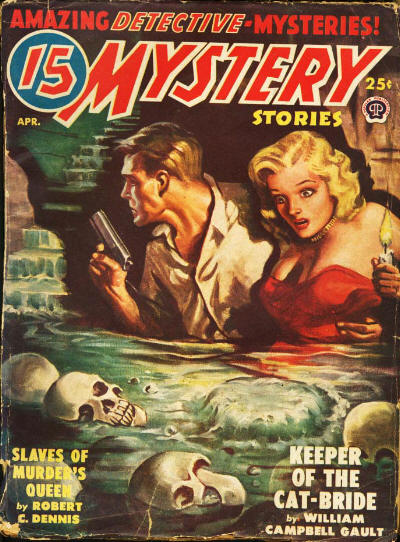 “Adventures Into The Unknown!” Blakeslee published fourteen installments of his two-page illustrated looks into the Unknown between March 1948 and October 1950. This time around Mr. Blakeslee tells us about the grizzly murder of a newborn baby in 1577 and it’s spirit’s spectral revenge that results in the creation of another ghosts which has continued to haunt the area to this day.
“Adventures Into The Unknown!” Blakeslee published fourteen installments of his two-page illustrated looks into the Unknown between March 1948 and October 1950. This time around Mr. Blakeslee tells us about the grizzly murder of a newborn baby in 1577 and it’s spirit’s spectral revenge that results in the creation of another ghosts which has continued to haunt the area to this day.